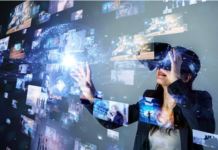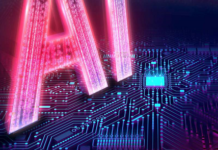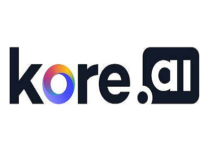
Directly or indirectly, technology has affected the lives of billions of people worldwide. Leaps in computing capacity, new concepts& innovations, have entirely changed the way humans interact with technology. On the one hand, some innovations are so baffling that they triggerthoughts of bewilderment at how they could even be possible. But, on the other hand, the speed at which technology has progressed and continues to progress has created a thirsty generation that always wants moreand continuallycomplains about the speed at which technological development is delivered.
In other words, the interaction between man and technology has evolved, transforming society and changing our perception of what is possible, and what we demand.
As technology tries to keep up with the pace of consumer demand, companies are relentlessly seeking new ways to solve problems in a variety of areas. Although much has been discovered, human inventiveness seems far from its limit. This year, those limits are being tested, with a variety of new age innovative ideas being made into real features and products.
2019 is not only looking at improvingand accelerating previous technological innovations, allowing for mass adoption, but it may also be the year for entirely new ideas to launch. Why 2019 could see great advancements is the improved understanding of how and where to use the latest technologies and the growth of skilled professionals in these areas. For these reasons alone, we can expect this year to jumpstart great advancements in technology.
Here are five technology trends to watch out for this 2019.
Machine Learning
The way machines establish learning has changed a lot over the years. Previously, machines required humans to carefully program each instruction, exception, and ways to receive future inputs. Now, however, machines are beginning to learn more and more autonomously.
There’s a lot of difference between a human brain and a computer, but scientists and researchers have been workingtowards narrowing the gap, especially in learning.
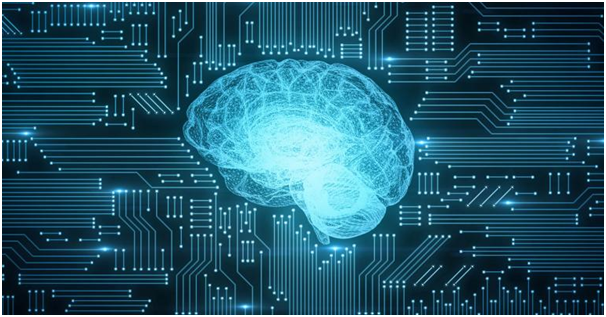
Most of the systems that we know are part of a human supervisory assumption, either directly or indirectly, presenting data that allow the creation of future analysis according to previous situations. With the establishment of deep learning and artificial neural networks, some already famous computers — such as DeepmindAlphaGo — are creating a way to establish their own patterns and specific ways of acting.
The direct consequences of an increasingly autonomous computer aren’t clear as of yet. What’s clear, though, is that computational capacity tends to increase more and more as machine learning improves, creating a smarter technology world that inches closer to the possibility of completely hands-off machines.
Quantum Computing
With IBM’s Q System One announced at CES 2019, it’s clear that the future of computing will be ever closer to quantum machines.
The logic we are used to in computational processing starts from the binary system, admitting only 0 and 1 for each bit. In the quantum context, however, it would be as if each unit could assume both 0 and 1 (qubit) respectively. This accelerates the processing capacity massively because thousands of operations performed on a computer in the binary we are accustomed to would amount to a single cycle in a quantum computer.
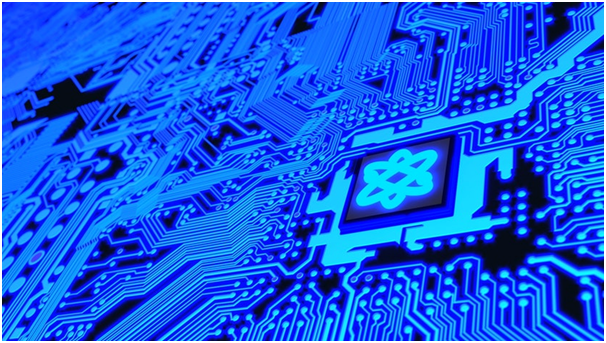
Our description of this technology greatly simplifies the processes. In reality, having a quantum-functioning system requires complex and expensive specifications, such as near absolute zero cooling.
One of the great challenges faced is the absence of algorithms suitable for these computers. With the push given by IBM bringing the quantum world closer to the market, we are likely to see significant advances in the area this year.
Virtual Reality
With major innovations last year, 2019 begins with the possibility of virtual reality having a greater integration with daily life.Although it is used in scientific research niches, virtual realitydoesn’t seem to have yet engaged the commercial environment fully. Its applications, so far, have been quite limited and mostly include bulky hardware.
Although they have applications that are already known in medicine, scientific research and mechanics of some recent games, expect more significant steps towards integrating this technology with consumers’ liver this year. With announcements in CES (Consumer Electronics Show) 2019 of Oculus Rift Facebook, Pimax’s 8K and HTC Vive Cosmos, to name a few,virtual reality technology seems to be takingsignificant steps towards its popularization.
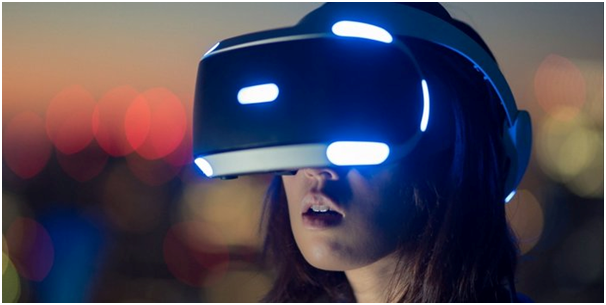
Internet of Things
The idea of Internet of Things (IoT)is to bring intelligence to objects we use every day, giving them smart features.
With the growing number of connected devices, the natural step to be taken is a global interaction not only between device and user, but also among devices. Imagine an autonomous car that communicates with home appliances; that knows the amount of milk left in your fridge or the expiration of other foods in the cupboards; that establishes a route to the closest market; or even making the purchase automatically and scheduling the delivery directly to your house — all done by just a brief confirmation from the user.
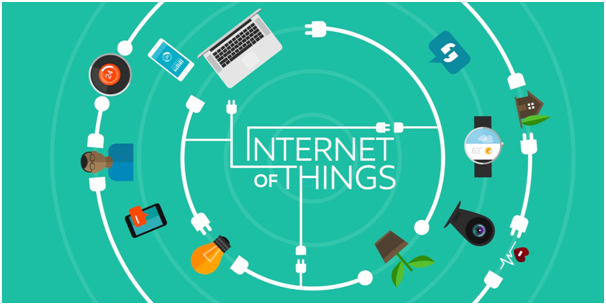
Blockchain
In early 2018, much was said about how blockchain technology would be revolutionary and disruptive. Although blockchain didn’t disappear by any means, it apparently didn’t take off the way that was expected.

Perhaps the excess of enthusiasm, especially regarding the crypto-currencies that are based on the technology, ended up creating an environment of expectations regarding decentralization that blockchain simply couldn’t bring. The bursting of this little bubble may seem discouraging, but in fact, it should be seen as an opportunity to adjust the path and channel the real potential of technology.
New forms of blockchain implementation are likely to be introduced this year, as developers learn from previous mistakes regarding the technology. Expect great strides here, in 2019.
Final words
Advances in technology happen at an ever-increasing paceand must do so to keep up with increasing consumer demands for more. In such a volatile market, businesses of all sizes open and close their doors daily, often by misguided predictions about the next step that will be taken in the technological environment. Regardless of any documented failures, technology improves and innovations are successful more than they fail. Technology companies must always be careful to stay on theright path, to keep up with what consumers want, and 2019 seems to be no different. Although there is still the risk of not meeting expectations, the technologies discussed here are worth keeping a close eye on, as they lay the groundwork for this year’s, and the future’s, technological trends.



